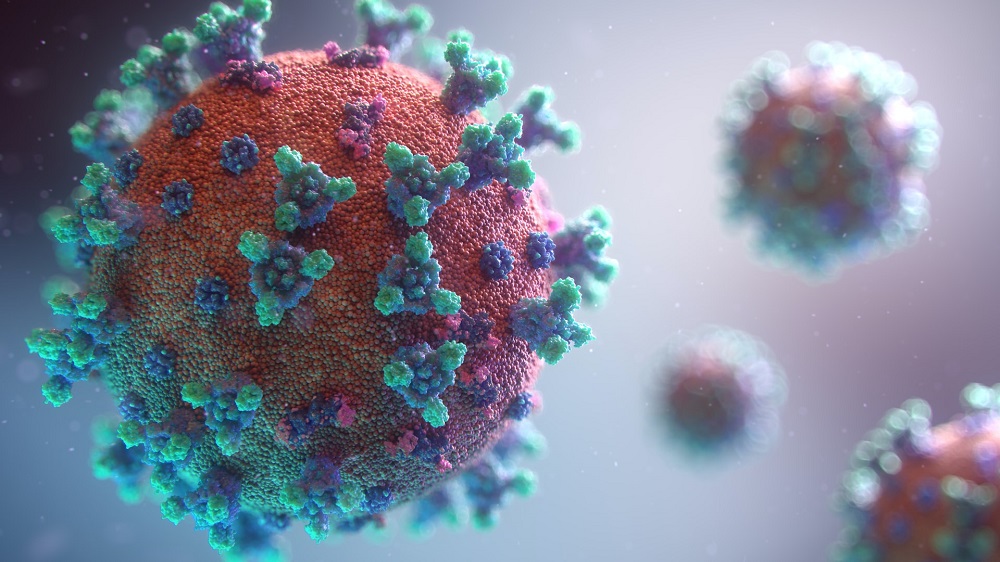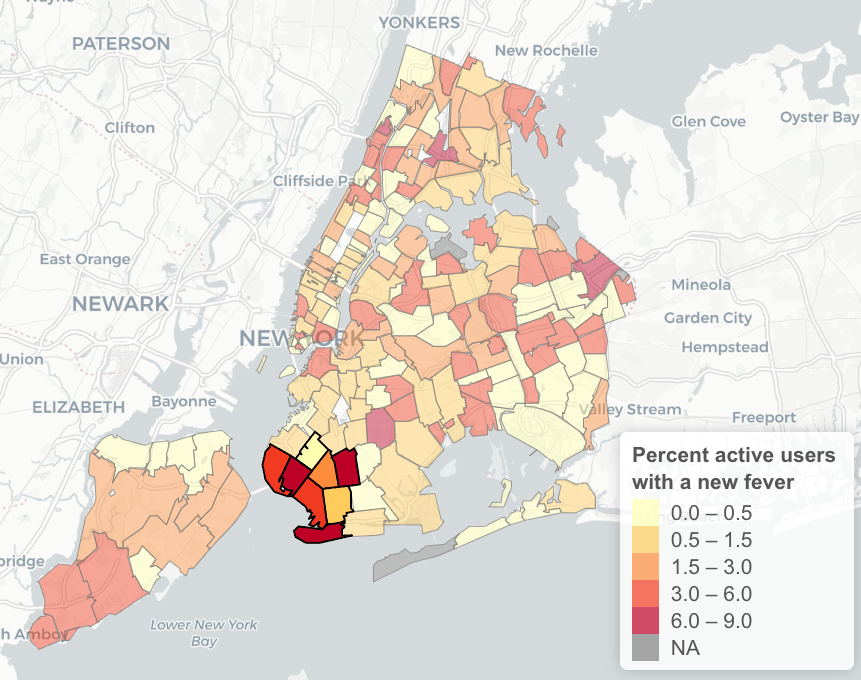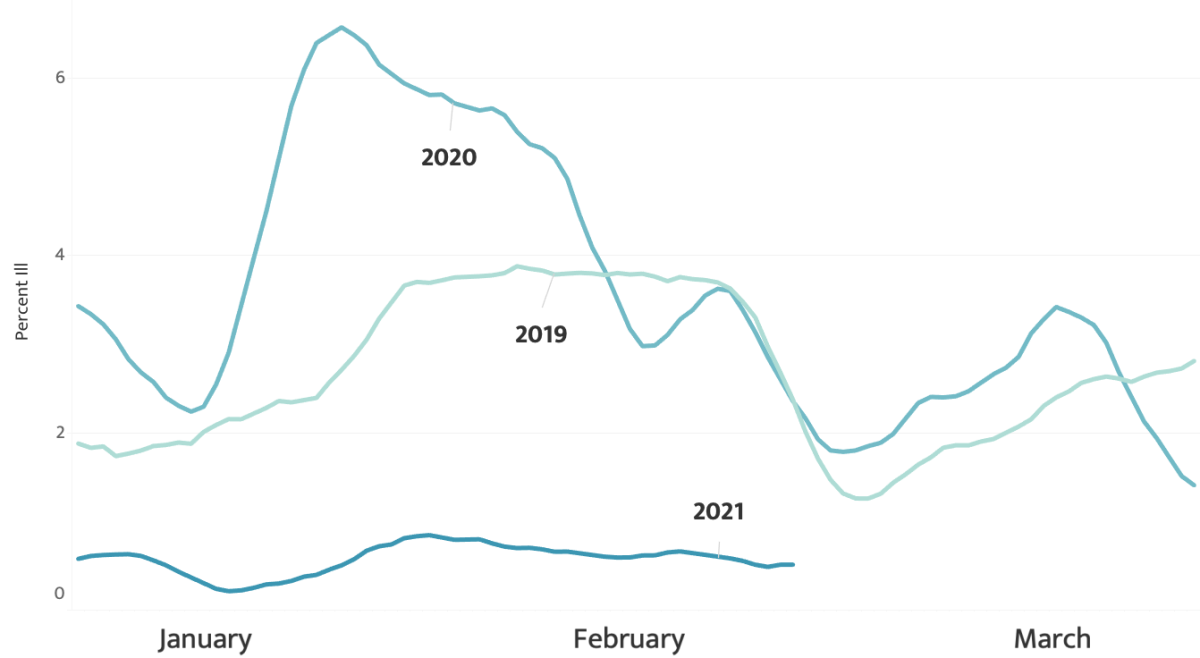
Just over a year ago, at the beginning of the COVID-19 pandemic, New York City was one of the first and hardest-hit places in the country. Hospitals were quickly overwhelmed and the toll on human life and the economy was devastating.
All of that can now change. The U.S.’s most populous city is implementing an important step to get ahead of spreading illness: an effective early warning system for contagious illness. As reported in The New York Times, New York City is distributing 80,000 free Kinsa smart thermometers to families across the City, starting with those in the zip codes that were amongst the most affected by the COVID-19 pandemic. As Dr. Jay Varma, senior adviser for public health to Mayor Bill de Blasio said, “One of the critical lessons that we have learned during the Covid epidemic is how important it is to have as accurate information as we can possibly get, in real time, about how diseases spread through communities.”
Dr. Varma is right. Just as we have advanced warning systems for hurricanes or tornadoes, the COVID-19 pandemic clearly shows how important it is to have an early warning system for contagious illness. By growing the network of Kinsa thermometers in New York City, the department of health can help stop outbreaks early, and ultimately save lives and livelihoods. In fact, early warning has a very real impact on mitigating the worst an epidemic or pandemic. Columbia University researchers found that accelerating the COVID-19 response even one week earlier at the start of the pandemic would have prevented more than 200,000 cases in NYC. Based on the rate and cost of hospitalization due to COVID-19, those cases cost nearly $1B. Now, the City is laying the groundwork for early action, while providing families who opt in with a critical home medical tool.
By providing at least 80,000 Kinsa smart thermometers to school families — free of charge thanks to a generous sponsorship by Lysol — City officials will be able to see sophisticated analysis of illness trends, unusual spikes in fevers (an early sign of illnesses like Covid-19, seasonal flu, and the many viruses that cause common colds), and more — weeks before this information is captured by traditional public health systems. Modeling distribution after Kinsa’s successful FLUency school health program will allow school leaders to see real-time trends if symptoms and illnesses start to rise amongst students and staff. This is all done while completely protecting individual privacy.
The City can apply these insights in meaningful ways. For example, understanding which neighborhoods are seeing elevated illness levels can help public health officials allocate scarce resources, like COVID-19 tests, or help place advertisements about health resources where they’ll have the greatest impact.

Example of Kinsa’s illness insights by neighborhood. Knowing where aggregate illness levels are rising allows public health officials to target containment efforts for maximum impact.
Additionally, we can better understand whether efforts to curb transmission are working. The below chart shows that illness levels amongst elementary-aged children after NYC schools reopened remained at only ⅙ the level of normal years — an indication that social distancing and masking policies were continuing to work.

Levels of febrile illness amongst children ages 5–10, as aggregated by Kinsa.
I’m excited to see this program’s impact in NYC, and I hope many more cities and states follow suit. For the past six years, more than 5,000 schools across the country have used Kinsa’s FLUency program to keep their communities healthier. The results speak for themselves: a 27% reduction in illness-based absenteeism, highly engaged parents, and increases in behaviors — like hand washing and disinfecting — that keep illness at bay. Again, we have Lysol and other philanthropic partners to thank for making this program accessible to schools — particularly those in underserved communities.
We are finally seeing the light at the end of the tunnel and preparing to put COVID-19 in the rear-view mirror. But we can’t get complacent. I’m inspired by the work ahead to help us become healthier and better prepared in New York City and across the nation.
To learn more about the data behind this article and what Kinsa has to offer, visit https://www.kinsahealth.co/.







Sign up to receive our stories in your inbox.
Data is changing the speed of business. Investors, Corporations, and Governments are buying new, differentiated data to gain visibility make better decisions. Don't fall behind. Let us help.













Sign up to receive our stories in your inbox.
Data is changing the speed of business. Investors, Corporations, and Governments are buying new, differentiated data to gain visibility make better decisions. Don't fall behind. Let us help.





